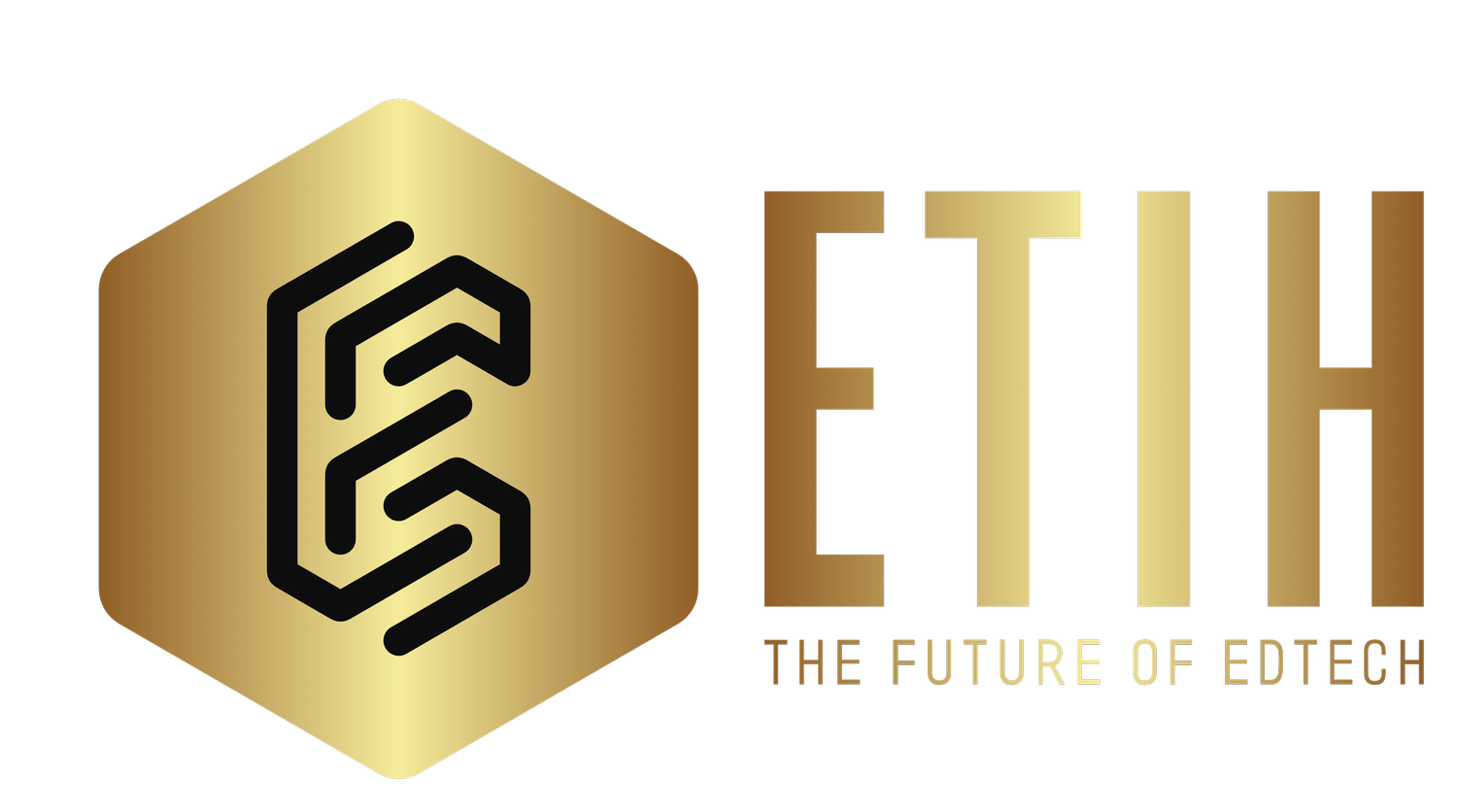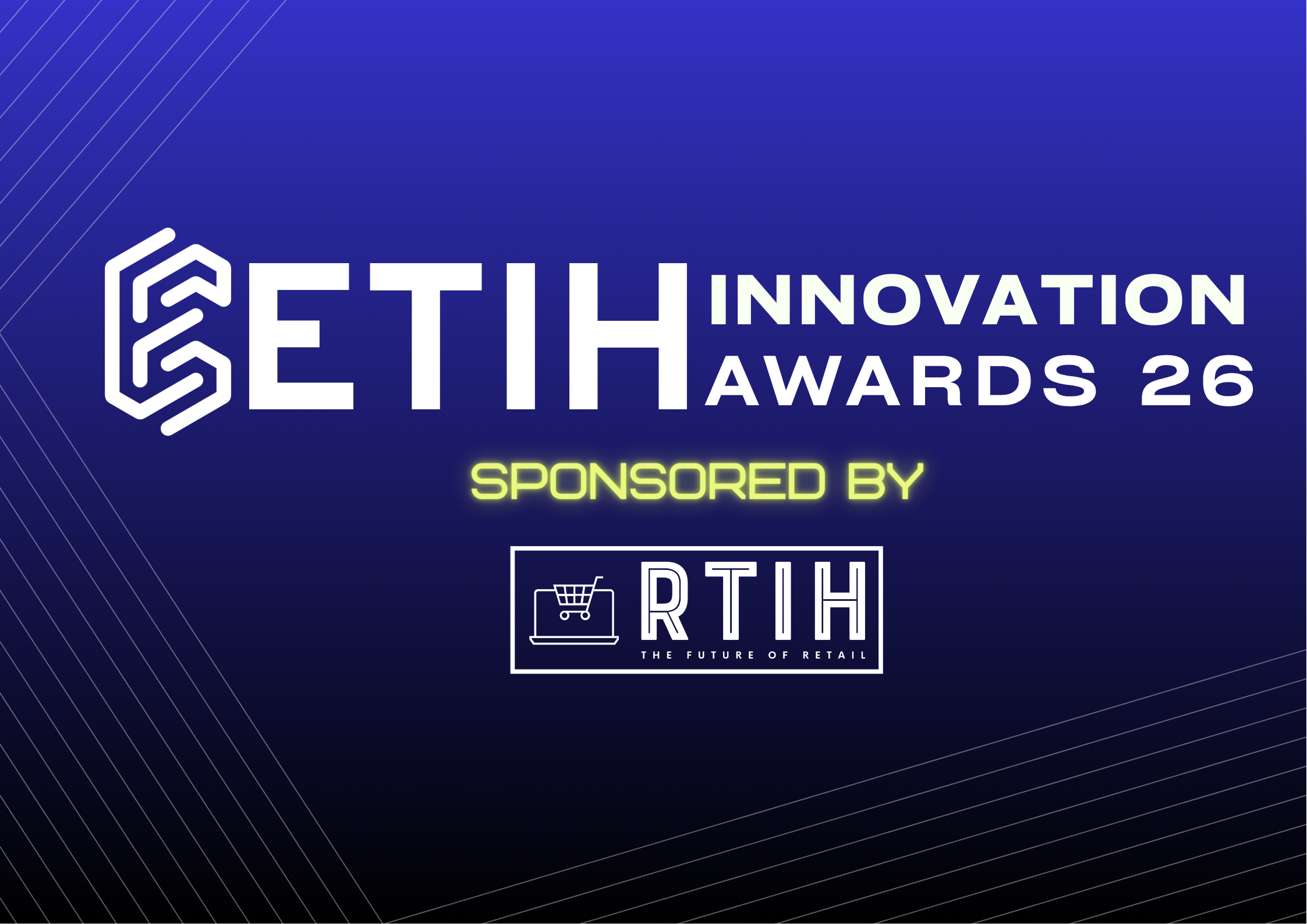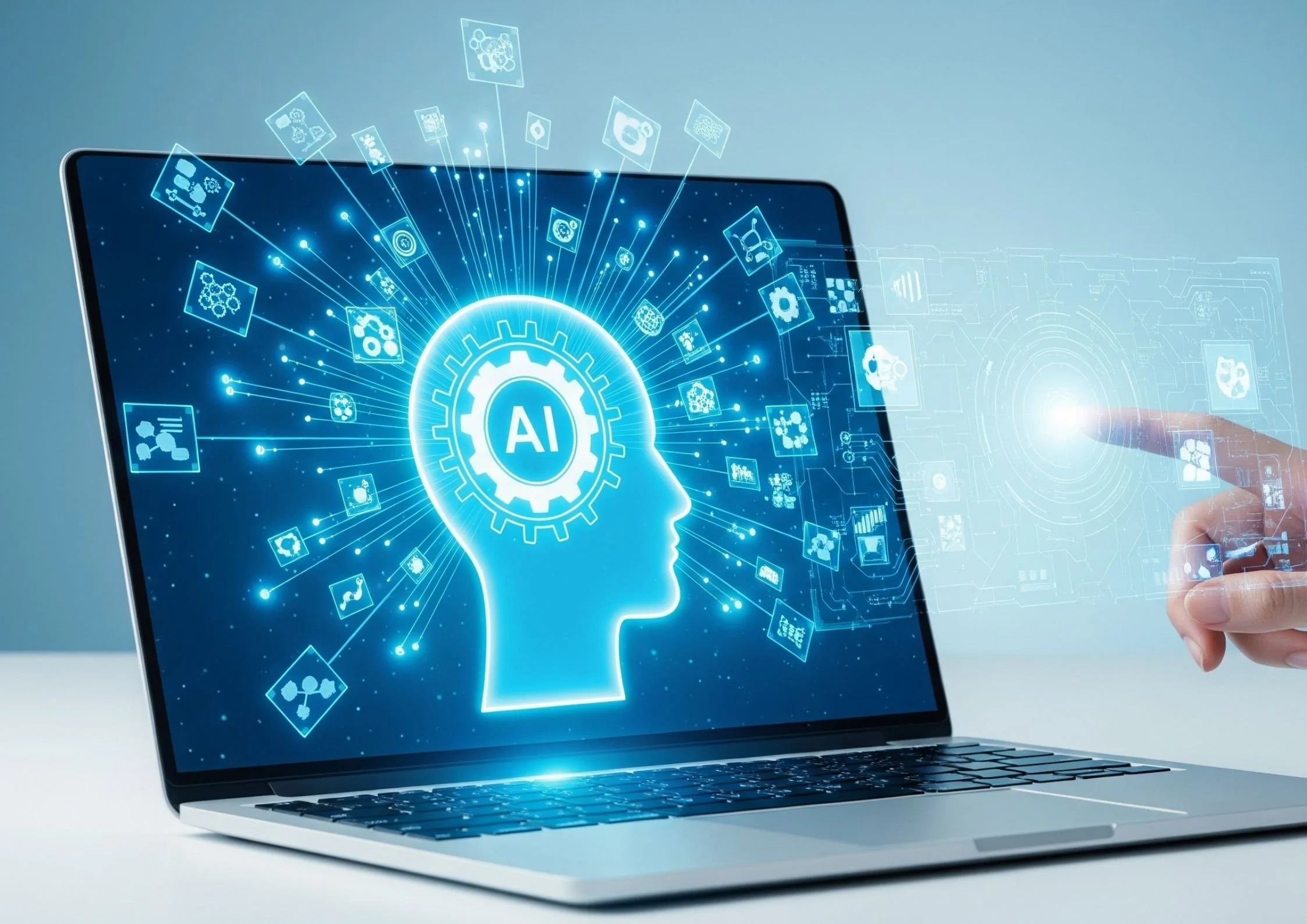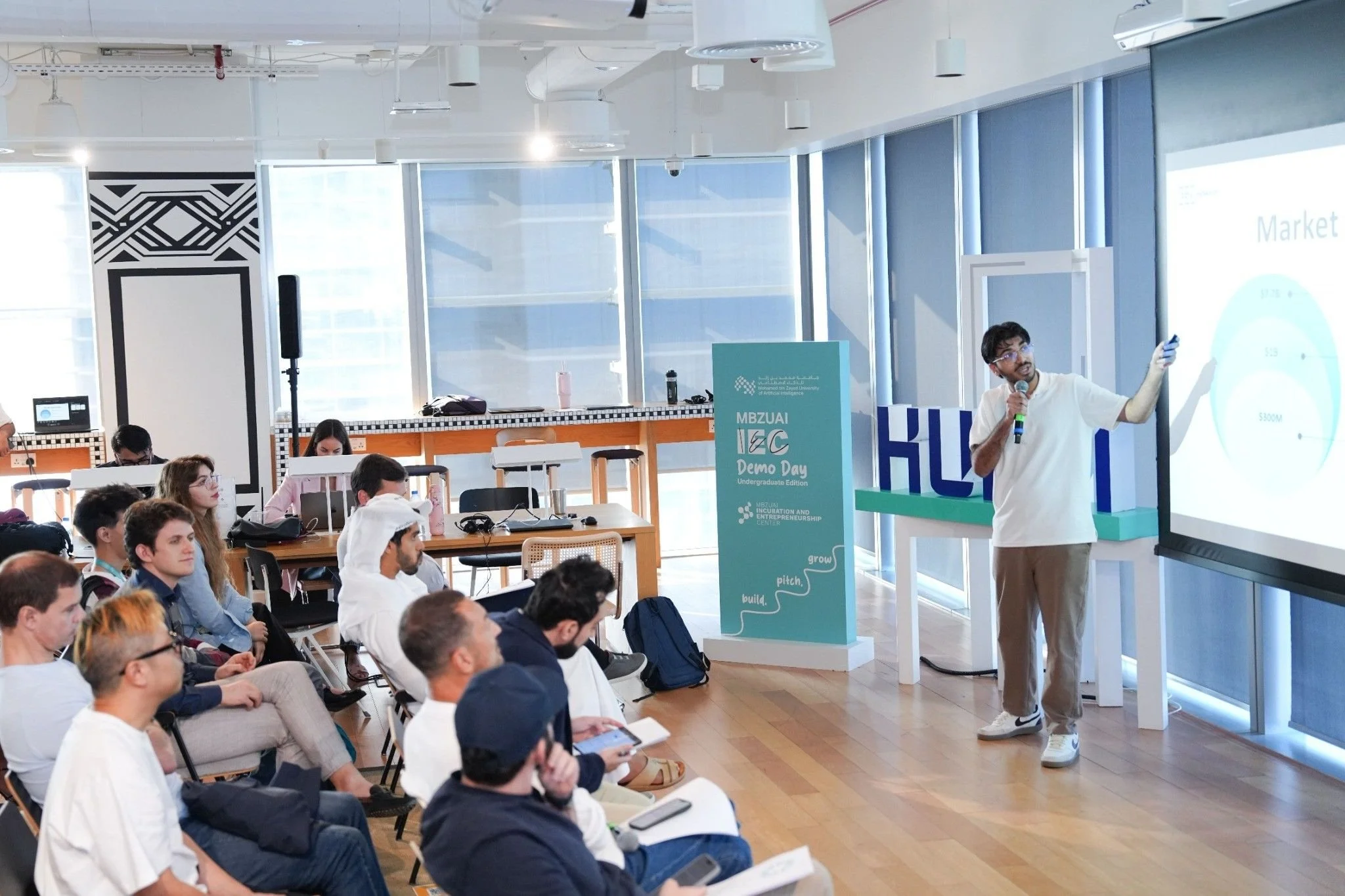UNESCO’s Fengchun Miao outlines impact of China’s new AI content identification framework
Photo credit: Fengchun Miao
China’s Cyberspace Administration has announced a framework requiring identifiers to be added to AI-generated or synthetic content. The regulation, officially titled Measures for Identifying Artificial Intelligence-Generated Synthetic Content, will come into effect on 1 September 2025 and applies to text, images, audio, video, virtual scenes, and other formats.
Fengchun Miao, UNESCO’s Chief of Technology and AI in Education, has spent nearly two decades leading digital learning and AI policy programs globally. In a LinkedIn post, he shared his interpretation of China’s framework and its wider implications.
Miao described the regulation as unprecedented. “China's Regulatory framework for identifying AI generated and AI-synthetic content will take effect on 1 September 2025. It might be the first ‘law’ for regulating AI generated content. It will have immediate impact on many business owners and may have far-reaching impact for other countries to catch up.”
Identifiers and compliance requirements
Miao explained that the regulation requires two types of markers. “Explicit identifiers refer to identifiers added during the generation of synthetic content or interactive scene interfaces, which are presented in the form of text, sound, graphics, etc. and can be clearly perceived by users,” he wrote. “Implicit identifiers refer to identifiers that are added to the data of synthetic content files through technical measures and are not easily perceived by users.”
He added that the framework “stipulates categorized duties for AI platform/Apps providers, AI Apps distributors, online content service providers, and users. It requires specified methods to add explicit identifiers for AI generated and synthetic content in formats of text, audio, image, video, virtual scene, video-service scenarios, and unknown format; and methods to add implicit identifiers to metadata files.”
Potential impact on businesses
Miao said the measures could reshape how companies deal with AI-generated outputs. “It stipulates how down-stream users can require providers of AI Apps or AI generated content to apply their right to know the source of content,” he noted. “It does not cover issues related to the recognition of copyright of AI generated content, AI synthetic content, and human work mixed with those types of content.”
Looking ahead, he argued the rules may alter costs in the sector. “It will have profound impact on the sector-wide business owners related to AI generated and synthetic content as listed in the graphic. It may add initial costs to all providers and users of AI generated and synthetic content. However, in the long run, it will significantly cut the costs of hidden violations of regulations and lawsuits.”
























